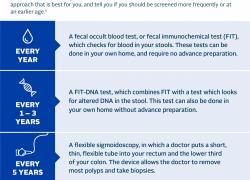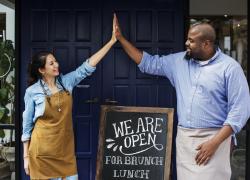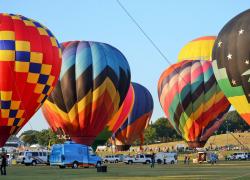Custom Shading Expands Outdoor Options
(NewsUSA) -The Centers for Disease Control and Prevention continue to encourage time outdoors as a way to gather safely and reduce stress in response to the ongoing COVID-19 pandemic. As a result, shade structures have become an integral part of everyday life. A customized shade structure encourages outdoor activities by providing both sun protection and physical distancing.
-The Centers for Disease Control and Prevention continue to encourage time outdoors as a way to gather safely and reduce stress in response to the ongoing COVID-19 pandemic. As a result, shade structures have become an integral part of everyday life. A customized shade structure encourages outdoor activities by providing both sun protection and physical distancing.
Shade 'n Net, one of America's largest manufacturers of fabric shade systems, can design a customized shade structure that will enhance the value of a home or business. Shade structures create new usable space outdoors by covering a pool, patio, or play set, and they can block up to 97% of UV radiation to help protect against skin cancer.
Shade 'n Net is a family-owned company with a long history of success and a team of experts that can work with architects and customers to design the perfect shade structure.
"Structures are manufactured with top quality steel components and high-density polyethylene material that allows heat to escape while protecting anyone and anything underneath it from the sun's harmful UV rays," according to the company website. The structures are warrantied for 20 years, and the fabric covers are warrantied for 10 years.
Other uses for Shade 'n Net structures at home include covering for driveways, boat or RV storage, and outdoor pet areas.
But that's not all: customized shade structures provide solutions for many other settings to promote safe, comfortable outdoor interaction.
Schools can utilize shade structures strategically in drop off/pick up areas, sport courts, playgrounds, outdoor cafeteria seating, outdoor learning spaces, amphitheaters, bleachers and dugouts, spectator seating, covered staff parking, covered bus parking, and covered bike racks.
Restaurants can use customized shade structures to meet the increased customer interest in outdoor dining, to create curb appeal, and to provide comfort for customers waiting in line or in curbside pickup areas. Car detailers can provide shade for employees who are working outside for long periods; day care centers can create covered outdoor spaces; offices can provide covered parking areas.
Community venues that can benefit from the safety and comfort of shade structures include churches seeking covered spaces for overflow attendance, foodbank distribution, and other activities such as Bible studies and classes. Parks can enhance the experience for visitors of all ages by creating covered basketball courts, splash pads, playgrounds, dog parks, picnic tables, and performance stages.
Visit shadesolutions.com for more information.


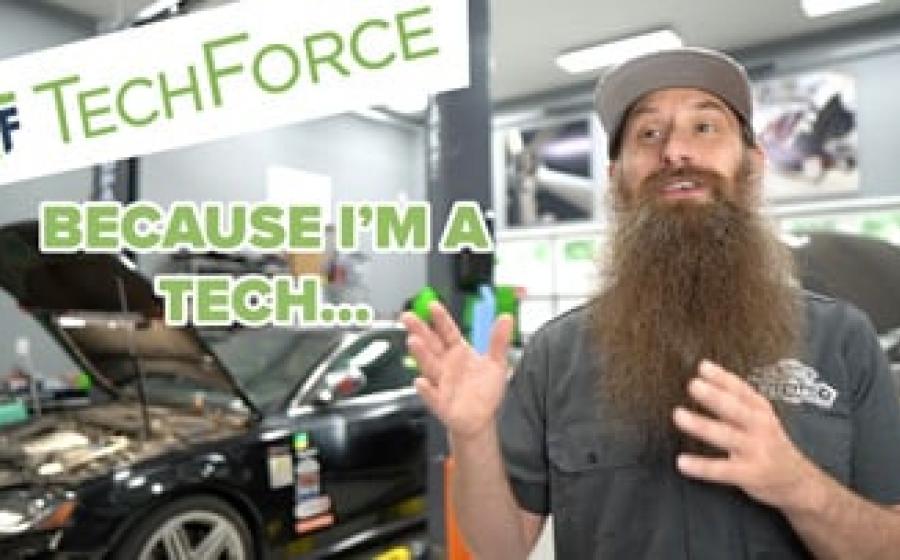
 - Transportation technology is critical to the American economy, as are the skilled technicians who help maintain steady supply chains and get goods where they need to go.
- Transportation technology is critical to the American economy, as are the skilled technicians who help maintain steady supply chains and get goods where they need to go.
 -As we head into fall and go back to school, it's more important than ever to carry on with healthy hydration habits from the long, hot days of summer. The human body is made up of 50% water. In order to achieve peak hydration needs, kids ages 4-8 require five cups of water per day and kids ages 8+ require 7-8 cups per day.
-As we head into fall and go back to school, it's more important than ever to carry on with healthy hydration habits from the long, hot days of summer. The human body is made up of 50% water. In order to achieve peak hydration needs, kids ages 4-8 require five cups of water per day and kids ages 8+ require 7-8 cups per day.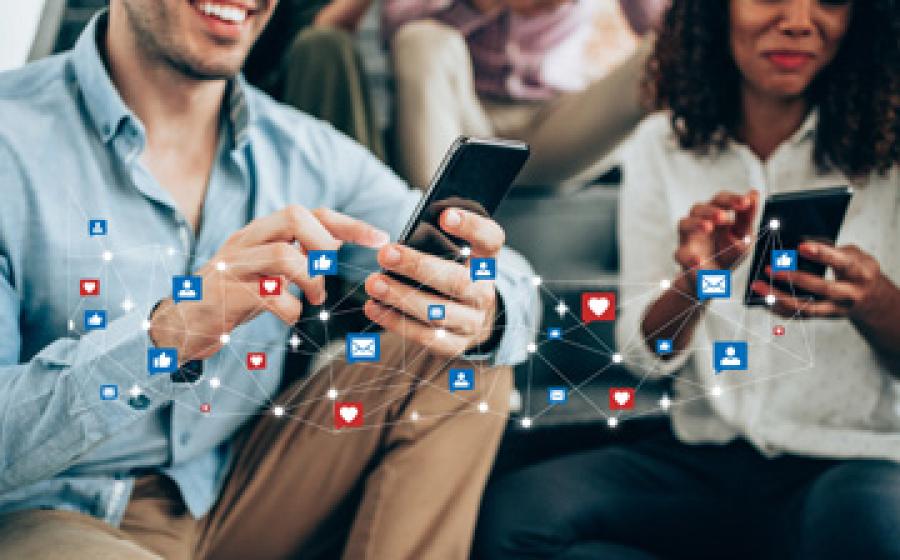
 -The internet and the evolution of social media platforms makes it easy to find information -- and misinformation -- on almost any topic, including financial planning.
-The internet and the evolution of social media platforms makes it easy to find information -- and misinformation -- on almost any topic, including financial planning.
 "Puzzle Pieces"
"Puzzle Pieces" "Breathe Deep & Swim"
"Breathe Deep & Swim" "Lemons in the Garden of Love"
"Lemons in the Garden of Love" "Death on the Railway"
"Death on the Railway"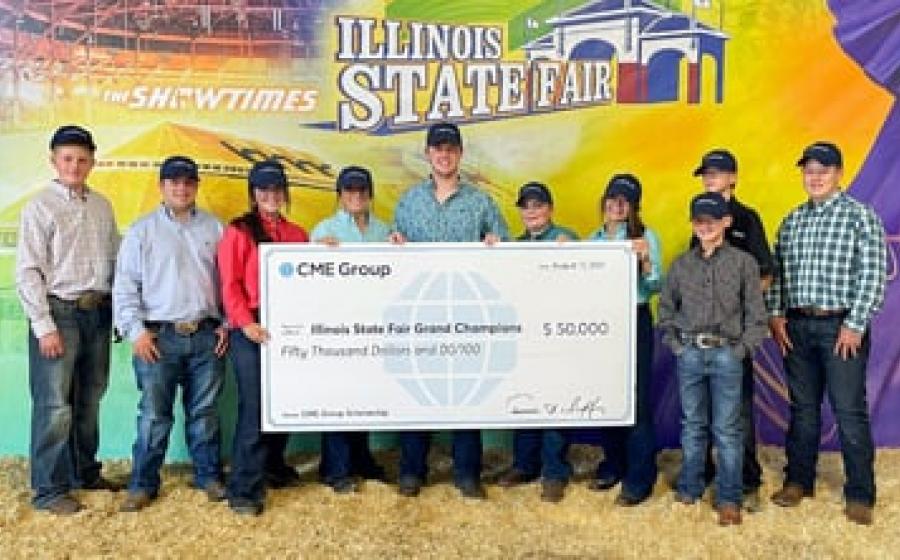
 -You herd it here first, the Illinois State Fair is back again this year, providing a way for skilled young farmers to show off their hard work and demonstrate their expertise in the agricultural industry.
-You herd it here first, the Illinois State Fair is back again this year, providing a way for skilled young farmers to show off their hard work and demonstrate their expertise in the agricultural industry.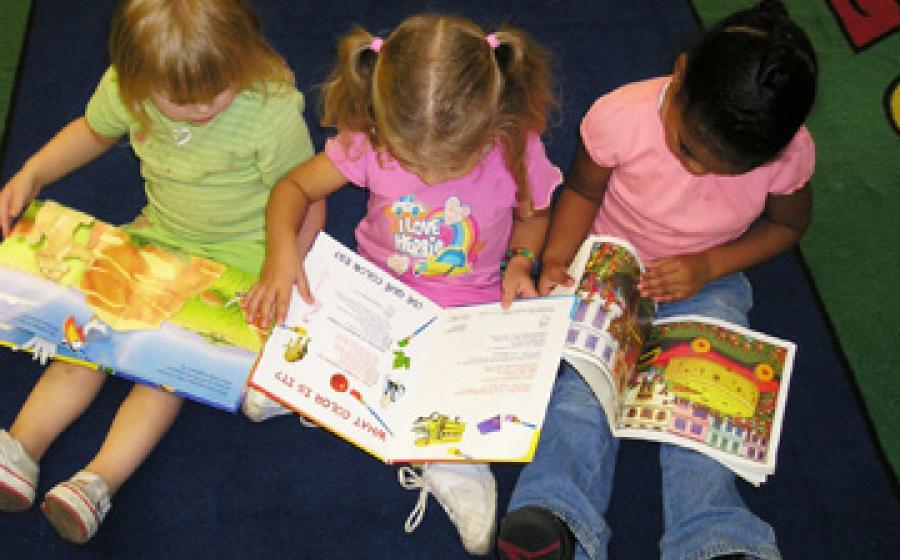
 - Toys for Tots is the nation's flagship children's Christmastime charity, but the Program extends to helping children and families in need year-round. As children gear up for the new school year, the Toys for Tots Literacy Program continues its successful Back to School Books campaign in the hopes of doubling their literacy efforts. Last year, the Program distributed 1.8 million books and this year the Program hopes to distribute over 4 million books.
- Toys for Tots is the nation's flagship children's Christmastime charity, but the Program extends to helping children and families in need year-round. As children gear up for the new school year, the Toys for Tots Literacy Program continues its successful Back to School Books campaign in the hopes of doubling their literacy efforts. Last year, the Program distributed 1.8 million books and this year the Program hopes to distribute over 4 million books.
 "Faults"
"Faults" "Holland Park"
"Holland Park" "Dreamworms"
"Dreamworms" "Serpent Rising - The Sage of Venom and Flame"
"Serpent Rising - The Sage of Venom and Flame"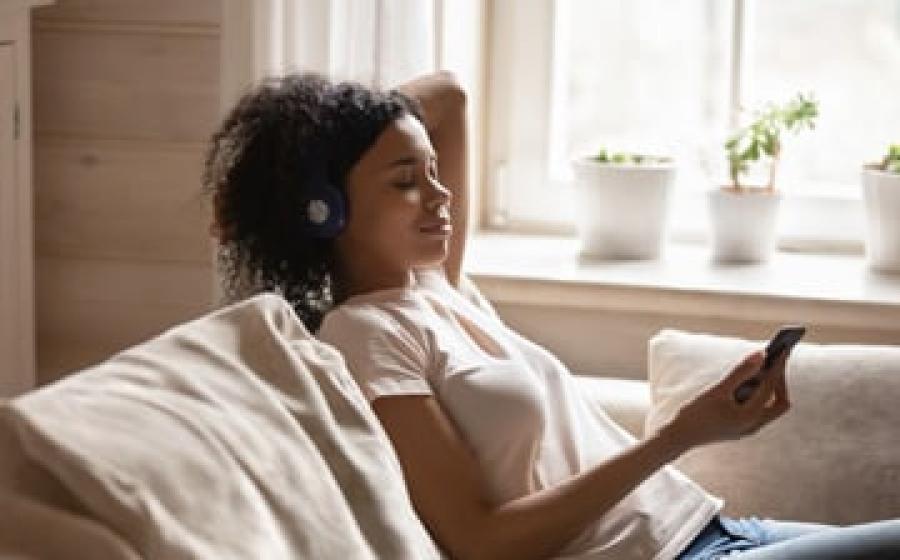
 - The past year-and-a-half has brought unprecedented levels of stress to everyone, but parents in particular shouldered an extra load, as children's schedules (and emotions) were turned upside down. In fact, Gallup's 2021 Emotions Report shows that women with young children at home were hit the hardest in terms of pandemic stress and worry.
- The past year-and-a-half has brought unprecedented levels of stress to everyone, but parents in particular shouldered an extra load, as children's schedules (and emotions) were turned upside down. In fact, Gallup's 2021 Emotions Report shows that women with young children at home were hit the hardest in terms of pandemic stress and worry.